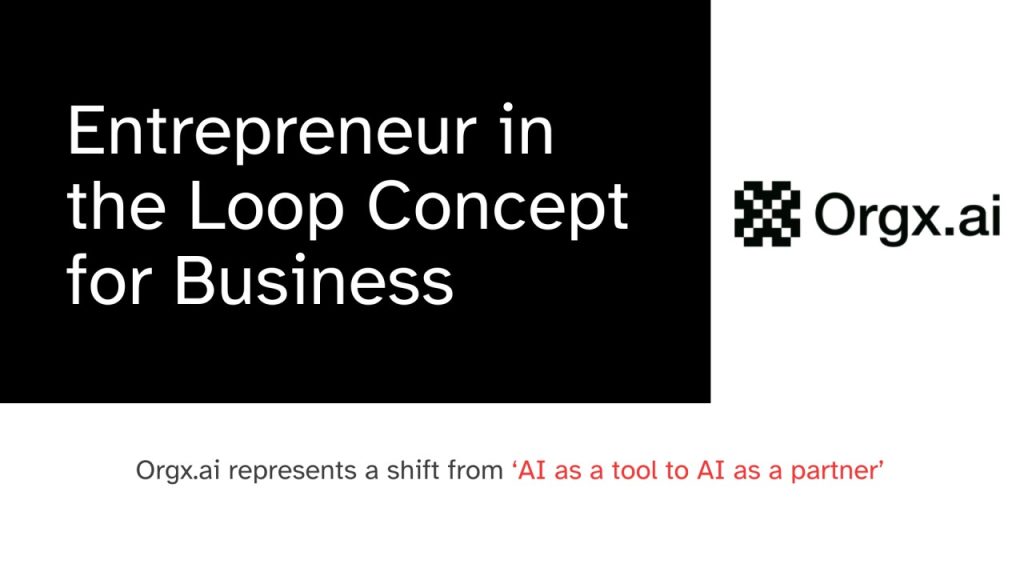We developed a computer vision-based signature forgery detection system. Using computer vision, the solution is able to learn textual patterns in scanned images or in actual document visuals. The system uses deep learning algorithms to compare it with the original signature to identify even the minutest variations.
THE CLIENT
Our client is a prominent bank in Indonesia, headquartered in Jakarta. This bank has more than a thousand branches all over the country.
THE BUSINESS CHALLENGES
Signature forgery is becoming very commonplace in the banking industry. A fraudster forges a legitimate account holder’s signature to withdraw money out of their bank account. If a bank pays out based on a cheque with a forged signature, it is liable for the loss of the account holder. This is why a bank employs several workers to verify the signature in the submitted cheques.
The workers analyze the signature provided in the cheque, compare it with the signature copy stored in the bank database and verify the authenticity of the signature. Our client had employed 6-12 employees for signature verification in each branch. However, manual signature verification is time-consuming and susceptible to human errors. Moreover, the number of people required for the signature verification process was too high and that meant more costs.
THE BUSINESS REQUIREMENTS
Our client consulted us for a solution to make the cheque clearance process more efficient. The business requirements were to build software that can automate the cheque clearance process and its integration with the existing banking management system should be accomplished with ease.
⊗ Automate the signature verification process
⊗ Integrate with existing BMS software
THE SOLUTION
Considering the challenges faced by our client, and based on their business requirement, we developed a computer vision-based signature forgery detection system. Using computer vision, the solution was able to learn textual patterns in scanned images or in actual document visuals. The system uses deep learning algorithms to compare it with the original signature to identify even the minutest variations.
There are situations when one might not be able to sign the exact same way as the sample available with the bank. AI systems are cleverly engineered to identify and measure this mismatch percentage and determine whether it is, in fact, a genuine signature that simply has a minor difference from the original one. This greatly improves the reliability of such systems as it does not cause inconvenience for genuine signatories.
Verification of a customer’s signature for approval of loans, disbursal of cards and other related information can be made easy by cross-examining and comparing with originally approved signatures within bank records. This is especially beneficial in preventing fake signatures on cheque leaves and withdrawal documents which would reduce financial fraud to a great extent.
Hybrid AI
Hybrid AI is a combination of machine intelligence being continuously improved and validated with human supervision. The entire concept of Hybrid AI revolves around the single fact that human and machine intelligence is not meant to be adversaries but complementary forces that join hands to deal with problems more systematically. In this model of AI, we cannot exactly term the final decisions made by algorithms as autonomous. The system is trained with the assistance of a human to arrive at a decision after any processing activity.
After each iteration of the data, the AI system automatically calculates a confidence score for the decision made. This score is the basis of determining how well the system is guaranteeing an accurate result. A low confidence score indicates that the result produced does not guarantee accuracy and thus the system needs human supervision. After imparting the training, the system is again made to determine autonomous decisions and the confidence score is again calculated. Only when the confidence score is fully satisfactory, will the system be allowed to make standalone decisions. In our solution, when analyzing a signature, in case of being unable to decide its authenticity, the system would escalate the case to a human supervisor. Moreover, the system built on hybrid AI is able to learn from the decision made by the human supervisor.
BENEFITS OFFERED
Following are the benefits offered by the computer vision-based signature forgery detection system;
⊗ Reduces the time required to verify the signature authenticity
⊗ Reduced the manpower requirement for signature verification
THE RESULTS
The solution was able to deliver great benefits to the organization. The following are the key results of implementing a computer vision-based signature forgery detection system in our client’s bank.
⊗ Reduced the manpower requirement in one branch from 12 employees to 2 employees
⊗ Reduced the cheque signature verification time by 70%
Highlights
- Signature Forgery Detection
- Convolutional Neural Network
- 97% Accuracy
- Hybrid Intelligence
- Dockerized Solution

